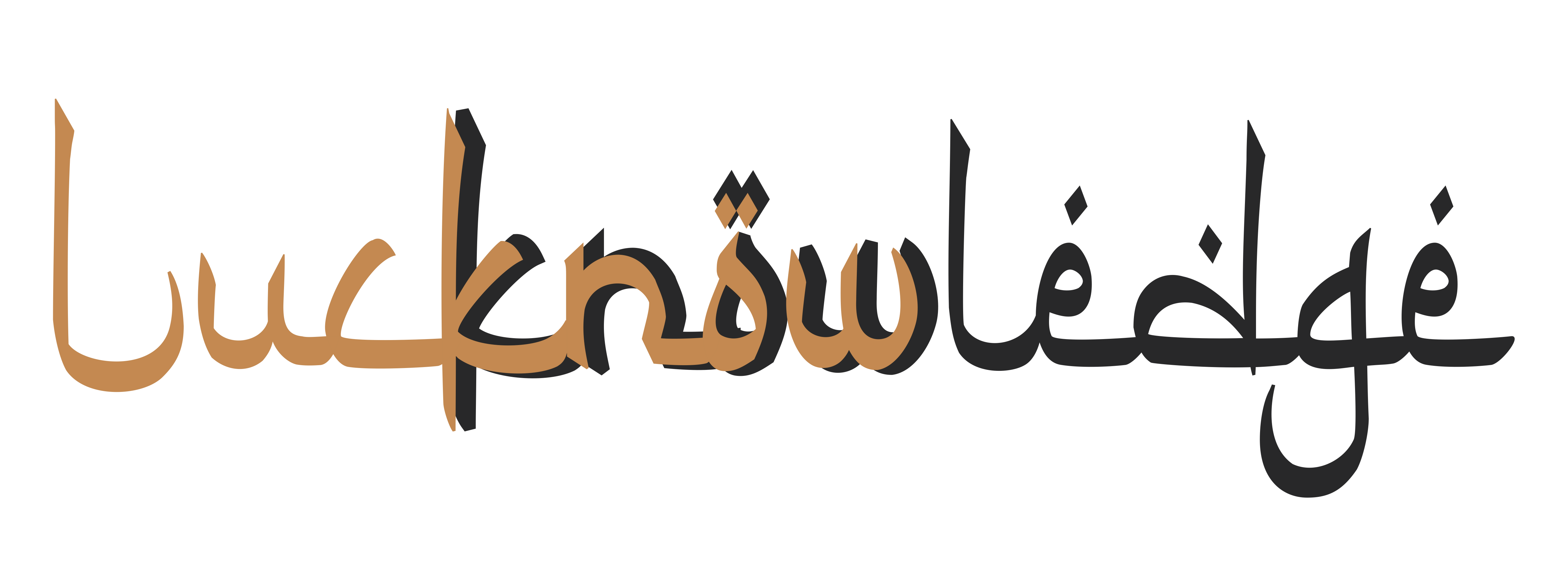Volume: 8, No: 05 ; May-2014
Asaf-ud-Daula, fourth Nawab of Awadh, is famously known for building the Rumi Darwaza and Bada Imambara and also for being excessively generous. His fights with his mother, Bahu begum (dowager Queen of Nawab Shuja-ud-Daula) are also well documented. One of his lesser-known traits was that as a collector, particularly of European artifacts. His collection was disorganized and without logic. One could find all sorts of memorabilia in his collection-from paper lanterns and mirrors to price-less objects-de-art. Claude Martin, celebrated builder and eccentric genius of Lucknow entered the court of Awadh during Asaf-ud-Daula’s reign, ostensibly as supplier of these exotic goods to the Nawab. Asaf-ud-Daula also had other European hangers- on in his court. These included Col. John Mordaunt, Chief of the Nawab’s bodyguard included, Col Antoine Polier, the Resident Architect and John Wombell, the Company’s accountant.
Johann Zoffany (1735-1810), a celebrated artist and painter of Europe arrived at Calcutta in September 1783, to try his fortune in India. He accompanied Warren Hastings on his visit to Lucknow in June, 1784.
Apparently, Hastings commissioned Zoffany to paint a cock fighting match, which the former had seen in Lucknow. Zoffany, who specialized in crowded layouts, had the penchant of inserting himself in the paintings he produced. Accordingly, he produced one and shipped it to Hastings (who, by that time was facing court proceedings in London). Unfortunately, the painting never reached Hastings as the ship it was travelling in was shipwrecked. On his return to England Zoffany produced another painting, based on the original drawing he still had, and presented it to Hastings, who had settled in Daylesford. The painting came to be known as the Daylesford or Hastings version, which has been well documented and is reproduced here.
In the painting, famous as Col. Mordaunt’s Cock Match, one can recognize the Nawab and Col. Mordaunt quite clearly. The Nawab is shown with arms outstretched in greeting towards Mordaunt, who seems less effusive. Surprisingly, the Nawab is shown to be sexually aroused at seeing Mordaunt. Many Europeans seem unconcerned about the cock-fight and are intent right of the picture; there is a group of three Europeans, discussing the birds that two of them are holding. A fat Englishman, sitting down, is Lt Golding. Next to him, bird in hand, is Robert Gregory, an assistant at the Residency. Other members of the Nawab’s coterie are also present. Claude Martin is shown sitting on a divan, talking to Trevor Wheeler. Polier (Without the whiskers), in a brown coat, is seen standing at the left. Sitting in front of him, holding a hookah, is Wombwell.
As usual, Zoffany, shows himself with his right arm over the back of his chair, pencil poised in his right hand. Standing with a hand on Zoffany’s shoulder is Ozias Humphrey, another artist in Lucknow at the time. The bazaar scene is further crowded with courtiers, servants and nautch girls. In the middle of the picture, just below the awning, is a fat man, fondling a boy in skull cap, much to the indignation of a spectator who is being restrained by another man.
There are reports of two other versions of the cock Match that Zoffany had done, this time for Asaf-ud-Daula. Apparently, these did justice to the Nawab and did not depict him as being sexually aroused. One of the paintings, was gifted by Ghazi-ud-din Haider,to Richard Strachey, Resident at Lucknow in 1815-17.This was brought to England and become the Ashwick version after the place in Somerset where Strachey lived. The other version remained in Lucknow until the Uprising of 1857 when it was presumed destroyed. But there is enough evidence in print, including by Fanny Parkes, of the existence Ashwick and Lucknow versions. The Ashwich / Lucknow versions were essentially the same as the Daylesford version, but with lesser number of background characters; the scenario is less crowded.
It is easy to dismiss the various nuances of zoffany’s painting as being a mirror of Oriental decadency and European imperialism; of lush temptations and shameless self-indulgence existing in those times. However, if one transposes himself in that bygone era, one would realize just how familiar it all would have been to the people who appear in it (most of whom are identifiable historical figures) they were not merely playing at being exotic. They Were exotic, and Zoffany’s eye for detail in the proceedings is commendable.
Of course, the moot point as to whether Zoffany meant his painting to be a form of satire, or whether he was just reproducing a scene in a matter-of-fact way, will continue to be discussed by generations to come.
Credits : The Lucknow Tribune by P.C. Sarkar. Published under the title, “Satiate the desire by description of a renowned Painting”. The author of this article, Sarcar is a scientist by profession and has a long- standing passion for the heritage of Lucknow, including its history, customs, cuisine and architecture.
LUCKNOWLEDGE is an initiative by Tornos. We do not intend to intrude your privacy and thus have an automated UNSUBSCRIBE system. At any point you may unsubscribe to our e-column or subscribe to it again through a link on our website. The above article is shared and in no way intends to violate any copy right or intellectual rights that always remains with the writer/publisher. This e-column is a platform to share an article/event/update with the netizens and educate them about Destination Lucknow.




